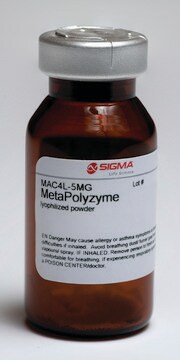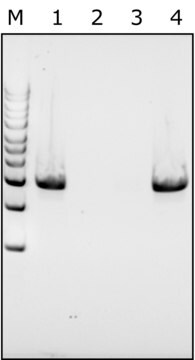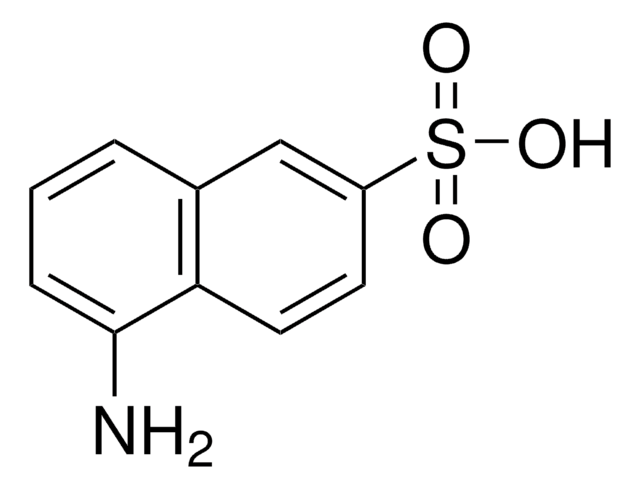Lysostaphin exhibit a lytic action against
Staphylococcus aureus. It possesses several functions of three major enzymes, such as, glycylglycine endopeptidase, endo-β-
N-acetyl glucosamidase and
N-acteyl muramyl-L-alanine amidase. Lysostaphin can be used to treat antibiotic-resistant staphylococcal infections. Lysostaphin being an antistaphylococcal agent, can be used as a preservative in the food industry and in clinical labs for rapid screening.
[1]Lysostaphin is a zinc endopeptidase with a molecular weight of approximately 25 kDa. Because lysostaphin cleaves the polyglycine cross-links in the peptidoglycan layer of the cell wall of Staphylococcus species it has been found useful for cell lysis and also as a potential anti-microbial therapeutic.
pH Optimum for activity: ~7.5














